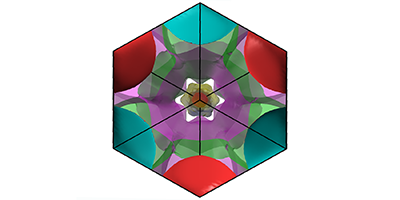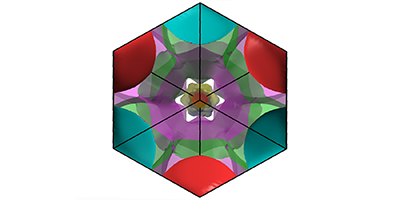Superconductors Under Pressure
A recent report claims to have shown that pressurized superconducts at If confirmed, this finding will knock cuprates from their position as the highest temperature superconductors ( ), and provide a step forward towards a room-temperature superconductor. High critical temperatures are thought to be associated with unconventional superconductivity, whose physical mechanisms are yet unknown. But Ion Errea at Donostia International Physics Center, Spain, and colleagues have now shown that this assumption is incorrect for at high pressures. Their theoretical calculations suggest that behaves much like a conventional superconductor, where superconductivity is driven by a phonon-mediated pairing mechanism.
The researchers studied the decomposition pathways of when it is pressurized to gigapascals. They found that could form two stable metallic structures, or . The theory predicts that both exhibit superconductive behavior, but stops superconducting at and thus cannot explain the recent experiments. Focusing on , the authors study the interactions between the electrons and vibrational modes (phonons), which are known to be important for conventional superconductivity. They found that electron-phonon interactions explain high temperature superconductivity in if the anharmonic vibrational motion of the hydrogen atoms is considered. Although high compression of should limit the range of atomic displacement, the hydrogen atoms, because of their light mass, are significantly displaced from their equilibrium position. This shifts the harmonic vibrational frequencies through softening of certain bonds and hardening of others. The authors concluded that only if this anharmonicity is taken into account could they replicate the recently reported experimental results.
This research is published in Physical Review Letters.
–Katherine Wright.





